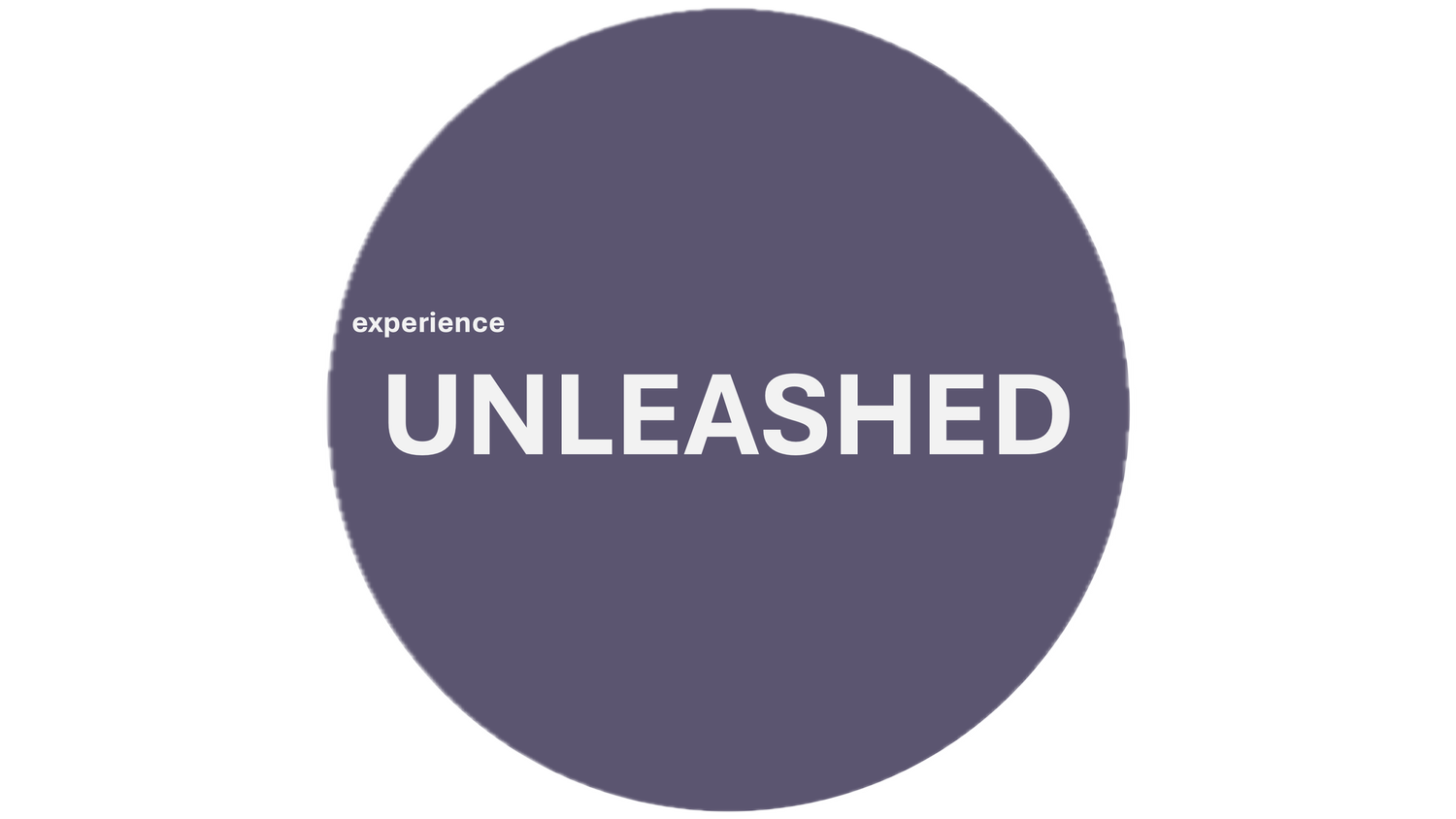Customer and Market centricity – how to approach it?
Every company with a turn-over have a level of customer and market centricity in their DNA. However, everyone can improve.
Customer and market centricity is vital for any business that wants to succeed in a competitive and dynamic environment which is more or less the reality in all industries. How can businesses become more customer- & market centric? There is no one-size-fits-all answer, but there are some best practices that can help guide the transformation. Here are few of them:
Conduct customer research: Customer research is the process of collecting and analyzing data about customers, such as their demographics, psychographics, behavior, feedback, etc. It helps businesses gain insights into their customers' needs, wants, expectations, pain points, motivations, etc. as well as to segment their customers into different groups based on common characteristics or criteria.
Design customer journeys: Customer journeys are visual maps that show the steps that customers take when interacting with a business. They can help businesses identify the touchpoints where they interact with their customers, the emotions that customers feel at each touchpoint, the pain points or challenges that customers face along the way, etc. With that input businesses can improve their customer experiences at each touchpoint.
Implement customer feedback loops: Customer feedback loops are systems that enable businesses to collect, analyze, act on, and measure customer feedback, both relational and transactional. These feedback loops can help businesses understand what customers think about their products or services, how they feel about their experiences with them, what they like or dislike about them, etc.
Monitor market trends: Market trends are patterns or movements in the market that indicate changes in customer behavior, preferences, needs, expectations, etc. Market trends can also indicate changes in the competitive landscape, industry standards, regulations, technology, etc. Monitoring this can help businesses stay updated on the market conditions and opportunities, anticipate future customer needs or demands, innovate their products or services accordingly, and adapt to changing market situations.
Conduct competitor analysis: Competitor analysis is the process of identifying, evaluating, and comparing the strengths and weaknesses of competitors in the market. This analysis can help businesses understand their competitive position in the market, identify their competitive advantages or disadvantages, learn from their competitors' best practices or mistakes, and develop strategies to outperform their competitors.
Create value propositions: Value propositions are statements that describe the functional and emotional benefits that a product or service provides to a specific customer segment and how it differentiates from competition. Value propositions helps businesses to develop the right products and services as well as giving a foundation how to communicate their unique selling points to their customers.
Create a customer-centric culture: A customer-centric culture is a culture that values and prioritizes customer value and customer experience in every aspect of the business. A customer-centric culture can help businesses align their vision, mission, values, goals, strategies, processes, and people with customer value and customer experience. A customer-centric culture can also help businesses foster a customer-oriented mindset and behavior among their employees, partners, and stakeholders.
Above is not new, but putting all these practices into reality with an ongoing structured and holistic approach is challenging; it requires a lot of effort, investment, and change management. But it is worth it; because businesses can create value for both themselves and their customers. And in the end it is very clear, happy customers make happy businesses.
At Experience Unleashed we know that customer and market centricity is not a buzzword or a fad; this is a strategic imperative for any business that wants to survive and thrive. But as always, it is a journey and we can support you in this, every step of the way.

